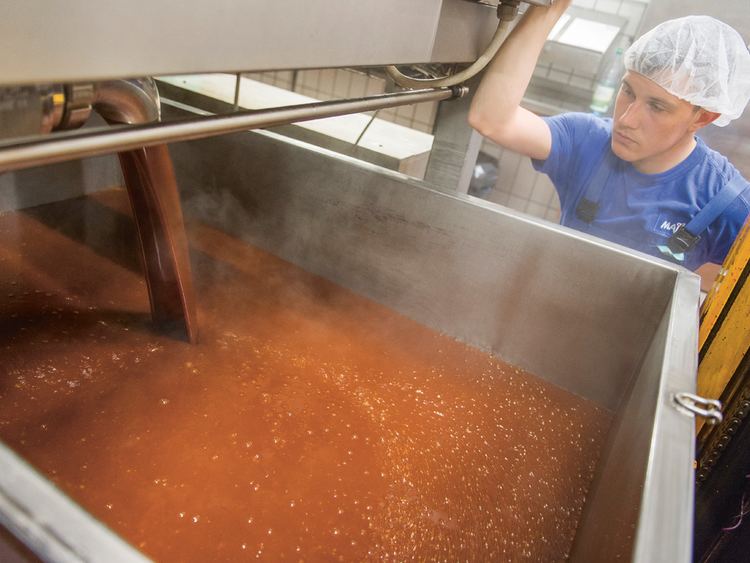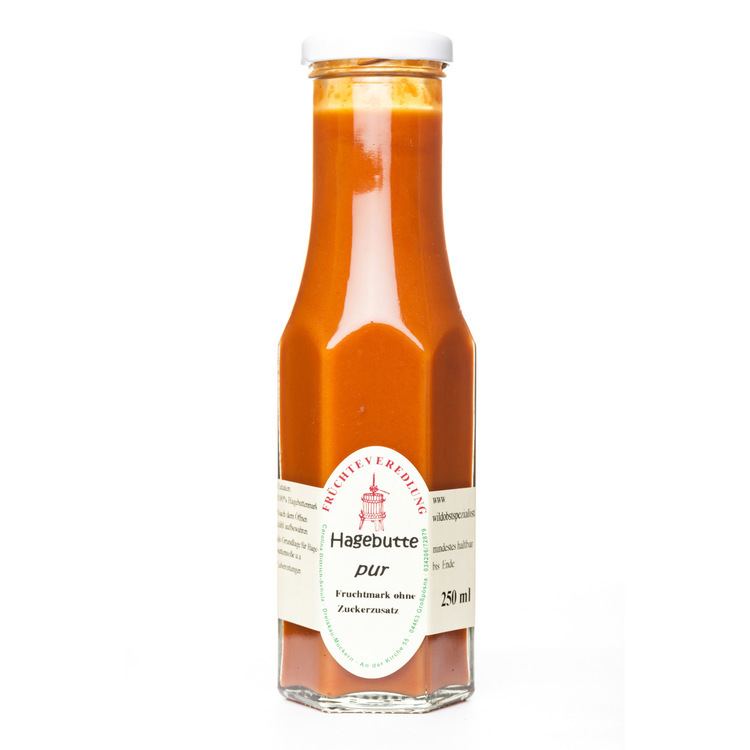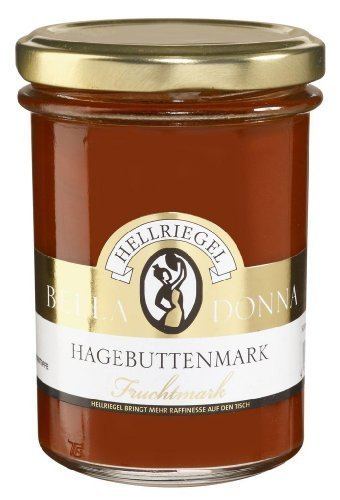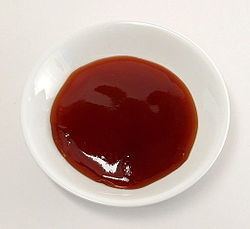Similar Rose hip, Berliner, Gelling sugar, Knieküchle, Rose hip soup | ||
Bolognese mit hagebuttenmark bei autoimmunerkrankung
Hagebuttenmark is also called Hägenmark (Swabian dialect), Hiffenmark (Franconian dialect) or Buttenmost (Switzerland), is the traditional name for a fruit preserve made from rose hips, sugar and sometimes red wine.
Contents
- Bolognese mit hagebuttenmark bei autoimmunerkrankung
- Autoimmunhilfe hagebuttenmark ist es gewesen
- Food law aspects
- Preparation
- Composition and ingredients
- References

In the past it was an important addition on the everyday menu as rose hip is very rich in Vitamin C and can be harvested in winter. Hagebuttenmark is used as a spread on bread, as sweetener in beverages and as condiment in dessert and pastry. It is for example the filling for Krapfen in Franconia.

Autoimmunhilfe hagebuttenmark ist es gewesen
Food law aspects

In the European Union commercially produced Hagebuttenmark has to be declared as "Hagebuttenkonfitüre extra" or "Konfitüre einfach" (fruit preserve onefold). Since the "Hagebuttenkonfitüre extra" with kernels is not edible, there's a special provision that allows declaration of the Hagebuttenmark (without kernels) as "Konfitüre extra". If it is produced in raw processing (see Preparation), it mustn't be named "Konfitüre" as it doesn't contain the required anhydrous mass of 60%.
Preparation
Generally there are two ways of prepare Hagebuttenmark:
- In the most common method used by big companies, firstly the rose hips are seeded, then the seeds are cooked with little water or wine, than drained, the liquid so obtained together with the pulp is then let to brew for few hours to a few days. Then the pulp is cooked and puréed, mixed with sugar in a one-to-one rate, cooked again and then filled hot in jars. This kind of preparation guarantees a long shelf life but, as Vitamin C is not heat-resistant, only traces of it remain in the finished product.

- In the traditional Swabian method the rose hips are cut open and stored until they are soft (that takes for about 5 days in a temperature of 12 °C). Then they are filtered through a sieve without being cooked. This pulp is then heated with sugar to a temperature between 65 °C and 75 °C (but it can also be mixed cool with honey) and than flavoured with wine, orange juice or apple juice.

With the second method, the preserve is very rich in Vitamin C. It is the typical preparation in Auendorf a village that belongs to Bad Ditzenbach that is called "Hägenmarkdorf" ("dorf" being the German word for "village") and is the only village in Germany that features rose hips in their coat of arms.
Composition and ingredients
As the rose hip contains much Vitamin C (100 g of the edible parts contain 1045 mg) the fruit preserves is considered a vitamin bomb. For comparison, 100 g of the edible parts of lemons contain only 51 mg Vitamin C. Additionally a study from the University of Jena proved that rose hips contain also lycopene that protects the cells against aggressive radicals and therefore reduces the risk for cancer, arteriosclerosis, thrombosis, heart attacks and strokes. In the skin it protects the cells from harmful UV radiation and prevents sunburns.
